Bees in the Backyard:
A Taos Apiary
Why bees? There was a time when the planet, her air, water, lands, plants and animals lived in a balanced and sustainanble state. There was co-existence and symbiosis in maintaining the strength of the earth's food, water and air systems.
With the introduction of agri-business in he 1950's, that balance started to shift away from sustainable gardening and food production and with the intense use of tons of herbicides and pesticides, our food production no longr favored good and healthy foods, but mono-crops that depleted soils and growing fields.
Thus it was necessary to add tons of inorganic fertilizers to the soils to boost crop outputs, but the quality of foods began their inevitabvle decline into bland and not so healthy.
A major collapse of that unsustainable food production is occurring today. One of the indicators of that collapse is the mass dying off of honey bees, particularly in agricultural lands that are poisoned by Roundup, Agent Orange and other pesticides and herbicides. Neonicitinoids are also partly responsible, particularly when combined with other chemicals spayed on our food, mostly by people having to wear hazmat suits for application.
One of the primary reasons for starting a Taos Apiary is to provide bees and bee hives to people here in Taos County who have small gardens, larger gardens, orchards or large acreages that need to be pollinated. We are encoouraging as many people as possible to have hives, either one or two or more, on their properties to promote a healthy growing environment for all crops. We are encouraging all organic gardens and farms, and the planting of heirloom seeds, especially locally saved seeds which can be exchanged at the
Taos Seed Exchange.
Bee Resources
There are many resources for bees, educational, supplies and DIY sources for building hives and tending bees. This is a short list on NM bee tenders.
Taos Valley has many parcels of land that can be gardened and should be put into production. It just takes caring about the food we grow and eat. Shouldn't we have a food exchange here as well, to augment the Taos Farmer's Market?
Here are some examples of plants to grow to increase our bee population:
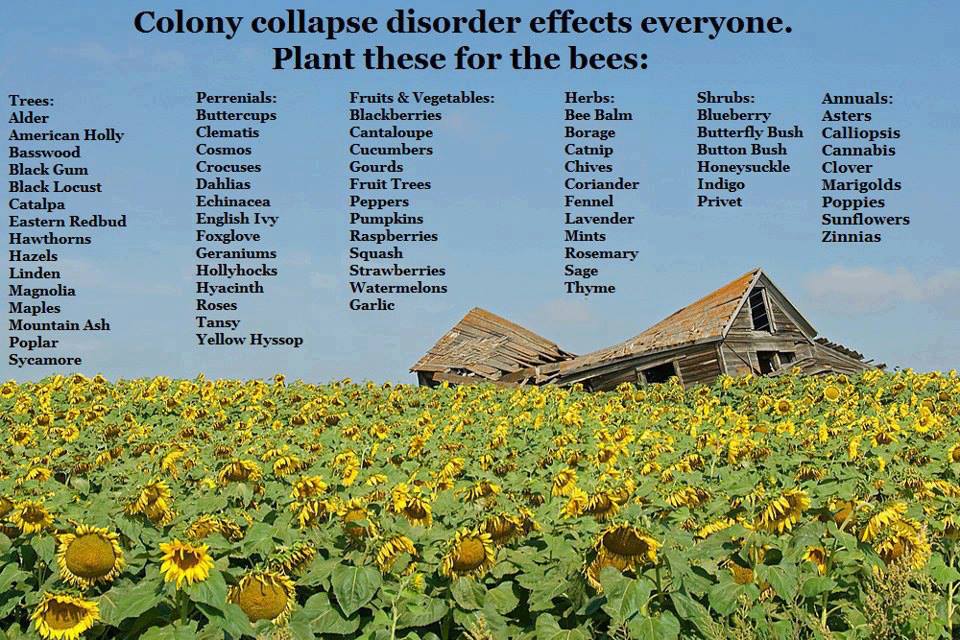
It is SERIOUS: Food crisis
A lack of honey bees is causing a crisis in agriculture with scientists confirming that there are not enough bees to pollinate crops.
The Department of Agricultureis worried about the honey bees in the United States. Colony Collapse Disorder has resulted in the loss of tens of millions of bees country wide and has left scientists worrying about food security.
Pesticides are causing huge concerns and scientists have said they are contributing to the die offs,with some predicting that if it continues there will be a threat to the US food supply.
Even the weather plays a part with some beekeepers reporting massive die offs in cold winters.
The problem is a world wide issue. The shortage of honey bees is particularly acute in the UK which only has a quarter of the bees it needs for crop pollination.
- See more at: Food crisis with loss of bees.
Capturing swarms with Jason Goodhue and Conrad Bookout at the hives in the backyard.
Catching a swarm on 21 April
Catching a swarm on 02 May
Moving Bees
Completed Warré Hive

The beauty of the Warré hives is in the basic design of stackable boxes with bars on the top that the bees build their combs on. As they build the combs and a box becomes full, they move to the next box. Changing out the boxes for harvesting of the honey, propolis and comb is simple: remove the bees from the combs by banging the bars gently on top of the new box. When they have moved, take the bars and scrape off the combs and honey.
The bees will then begin building new combs for their queen.
Jason Goodhue and his daughters inspecing the Warré Hives
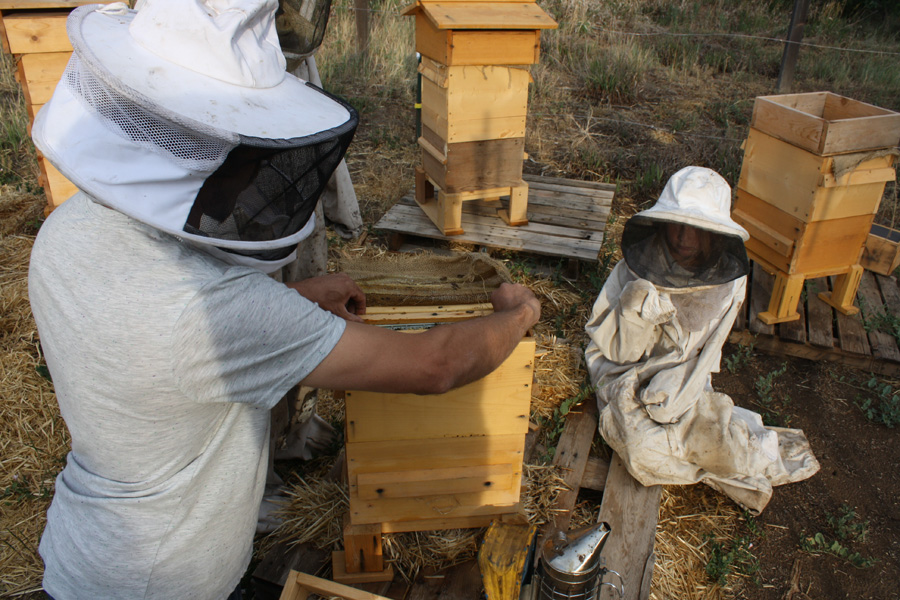
Bees on the combs:
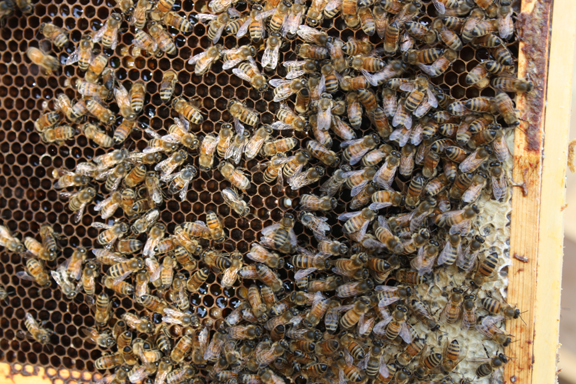
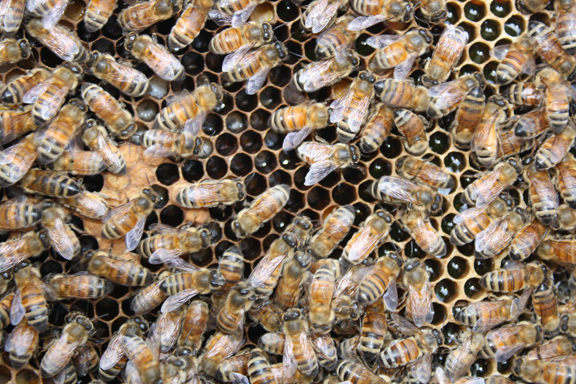
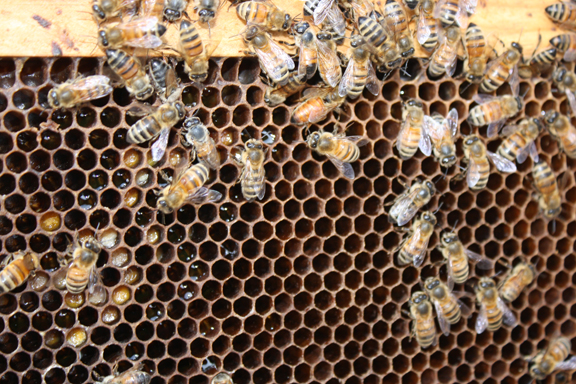
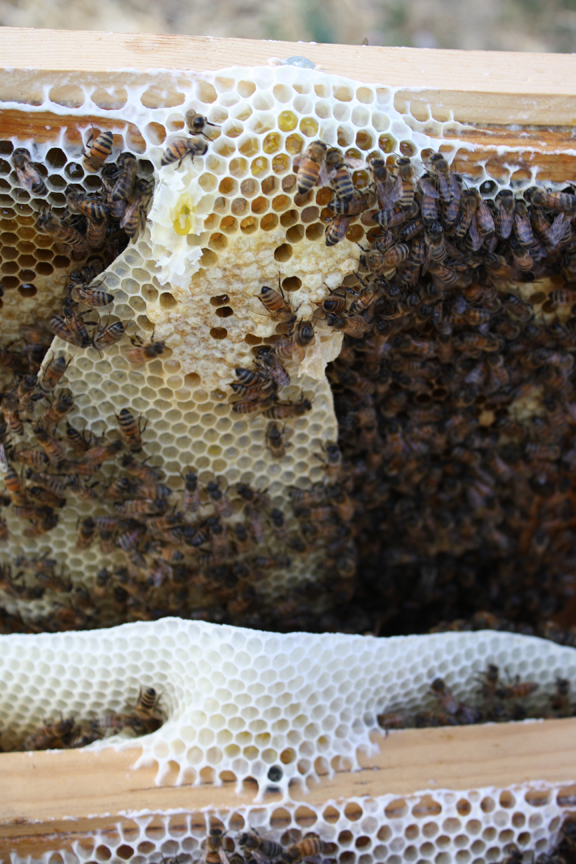
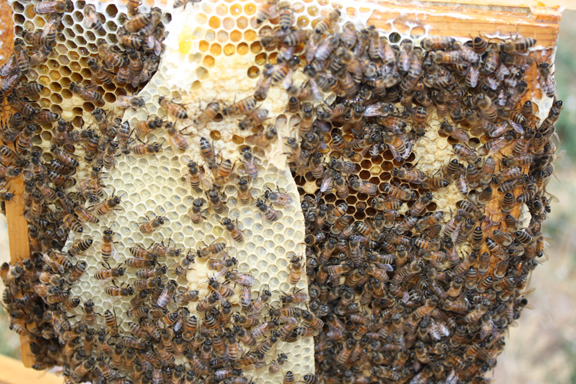
Why we do it: A Taos Garden
Nova program on Bees

